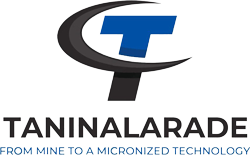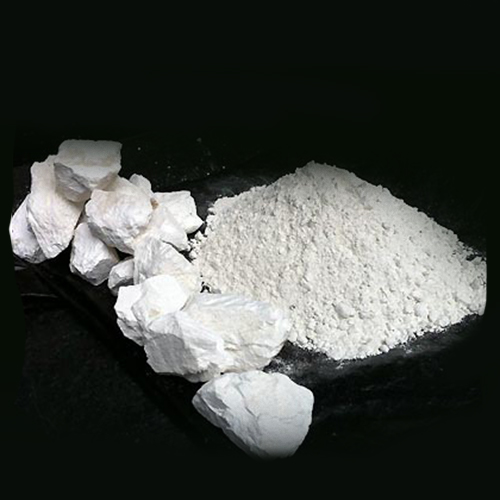Dolomit
Dolomite is an anhydrous carbonate mineral composed of calcium magnesium carbonate, ideally CaMg(CO₃)₂.
which the Crystal System is :Trigonal
with Density: 2.84 g/cm³ and hardness:3½ – 4
With Specific Gravity:2.84 – 2.86
Dolomites in rock mine style or micronized powder is used as a source of magnesia (MgO), a feed additive for livestock, a sintering agent and flux in metal processing, and as an ingredient in the production of glass, bricks, and ceramics. serves as the host rock for many lead, zinc, and copper deposits.
Which industries uses dolomit?
Because of its unique physicochemical properties, it is ideally suited for several manufacturing industries – Paints, Ceramics, Glass, Detergents, Iron & Steel. Also, Dolomite Powder has unique applications in Agriculture.
What is Dolomite Lime?
Dolomite is the most commonly used limestone. It contains both calcium and magnesium. It also helps neutralise acidic soil, improving soil pH to a range where plants can more easily absorb nutrients from potting mix. Considered an ‘organic slow-release fertiliser.the magnesium in dolomite lime assists in photosynthesis, improving light absorption for growth.
Dolomite is used as an ornamental stone, a concrete aggregate, and a source of magnesium oxide, as well as in the Pidgeon process for the production of magnesium.
It is an important petroleum reservoir rock, and serves as the host rock for large strata-bound .
Where calcite limestone is uncommon or too costly, dolomite is sometimes used in its place as a flux for the smelting of iron and steel. Large quantities of processed dolomite are used in the production of float glass.
is also used as the substrate in marine (saltwater) aquariums to help buffer changes in the pH of the water.
Calcined dolomite is also used as a catalyst for destruction of tar in the gasification of biomass at high temperature.

